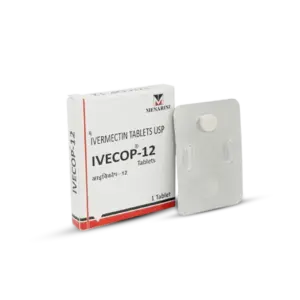by Roba Whiteley, Executive Director, Together Rx Access
Whether you are one of the 133 million Americans who live with chronic disease* or only periodically need medical attention and prescription medicines, healthcare can be costly, particularly if you are uninsured. Learning about and using local health resources is one way you can take care of your health while managing overall healthcare costs.
Consider the following:
-
Attend health fairs for free health information and services.
Health fairs are free educational events where healthcare professionals and organizations share health information and/or provide health screenings, such as cholesterol testing or blood pressure monitoring. Individuals can learn about a variety of health topics, specifically disease prevention and management, and if necessary, where to obtain mental health support. Check your local newspaper or regional websites for events being held in your area. -
Find out if there are any community health centers near you.
As these centers expand, they are adding new services and new locations nationwide to help low-income and uninsured people obtain healthcare services. In addition to primary care, many community health centers have behavioral health providers, pharmacies, and preventive and restorative dental services onsite. Some even offer pediatric care. Community health centers may be a more affordable option for people struggling with healthcare access. For more information, visit National Association of Community Health Centers at
www.nachc.com -
Visit free or low-cost clinics in your area.
Free or low-cost clinics offer a variety of health services. In more rural areas, mobile clinics are also an option as they can connect individuals to specialists thousands of miles away for cardiology services, prenatal care, behavioral health consultations, and HIV/AIDS follow-up care, among other services. At
www.needymeds.org
and
www.pparx.org,
you can search for clinics by state and driving distance in your area. -
If you or someone you know is a cancer patient without health insurance, check out the NCI website that provides information to cancer patients about financial assistance.
Click
www.cancer.gov
and search the term “financial assistance” to learn more about government-sponsored programs, as well as services supported by nonprofit, national organizations that are available for people who do not have health insurance and for those who have insurance but still need financial assistance to cover healthcare costs. -
If you have a chronic disease, you might benefit from a disease-based assistance (DBA) program.
DBA programs help with costs associated with specific diseases, types of diseases or medical conditions, including medicines, insurance co-pays, office visits, transportation, nutrition, medical supplies, child or respite care. Some programs are national in scope, while others are limited to people in specific states. Most have some type of eligibility requirements, usually financial in nature. -
Find out if your child qualifies for the Vaccines for Children (VFC) program.
The Vaccines for Children (VFC) Program offers vaccines at no cost for eligible children through VFC-enrolled doctors. Staying on schedule with recommended vaccinations means healthier children, families and communities. More information is available at
http://www.cdc.gov/features/vfcprogram/. -
Determine if you’re eligible for prescription assistance programs.
These programs are usually sponsored by pharmaceutical companies and provide free medicines or savings on medicines for low-to-moderate-income, uninsured and underinsured people who meet eligibility criteria. Eligibility and application requirements vary from program to program. For example, the income levels for which individuals are eligible for a Together Rx Access® Card range from $45,000 for a single person to $90,000 for a family of four. In addition, individuals must have no public or private prescription coverage and must not qualify for Medicare.Together Rx Access also directs individuals to the Partnership for Prescription Assistance (PPA), a clearinghouse for more than 475 public and private assistance programs (
www.pparx.org
), including nearly 200 offered by pharmaceutical companies. Those who are eligible for the Together Rx Access Card may qualify for additional savings on prescription medicines, or even free medicines, through other patient assistance programs in the PPA.
*Chronic Diseases and Health Promotion. Centers for Disease Control and Prevention. Available at
http://www.cdc.gov/chronicdisease/overview/index.htm.
Accessed May 10, 2011.





